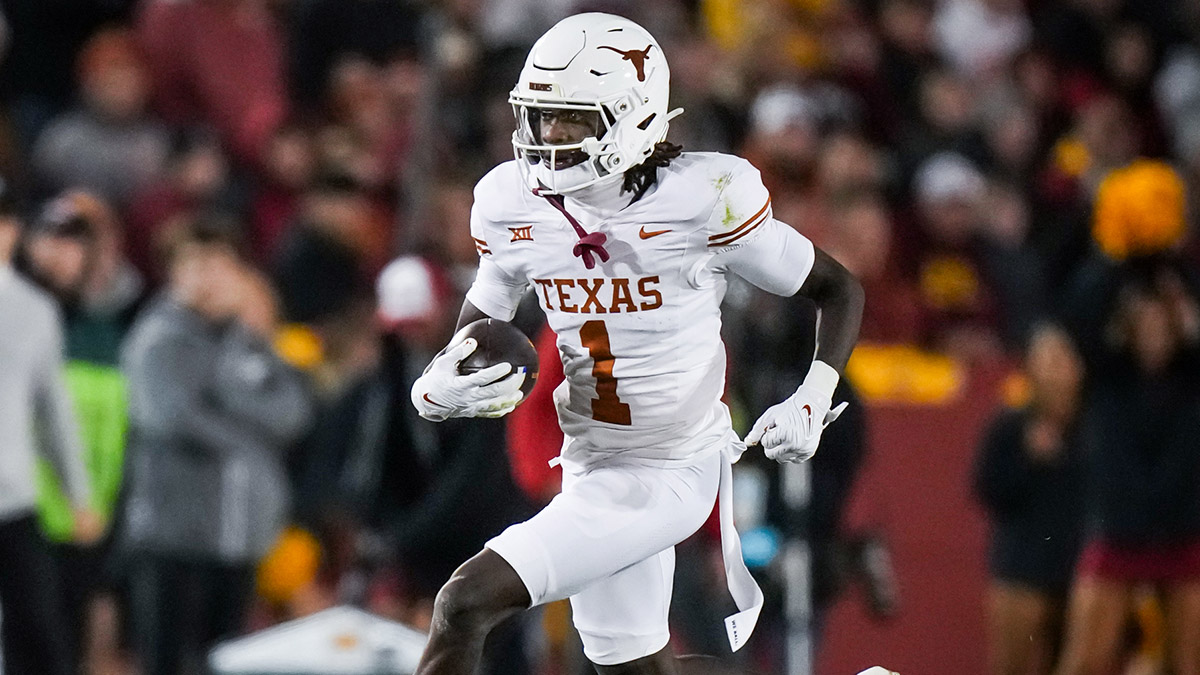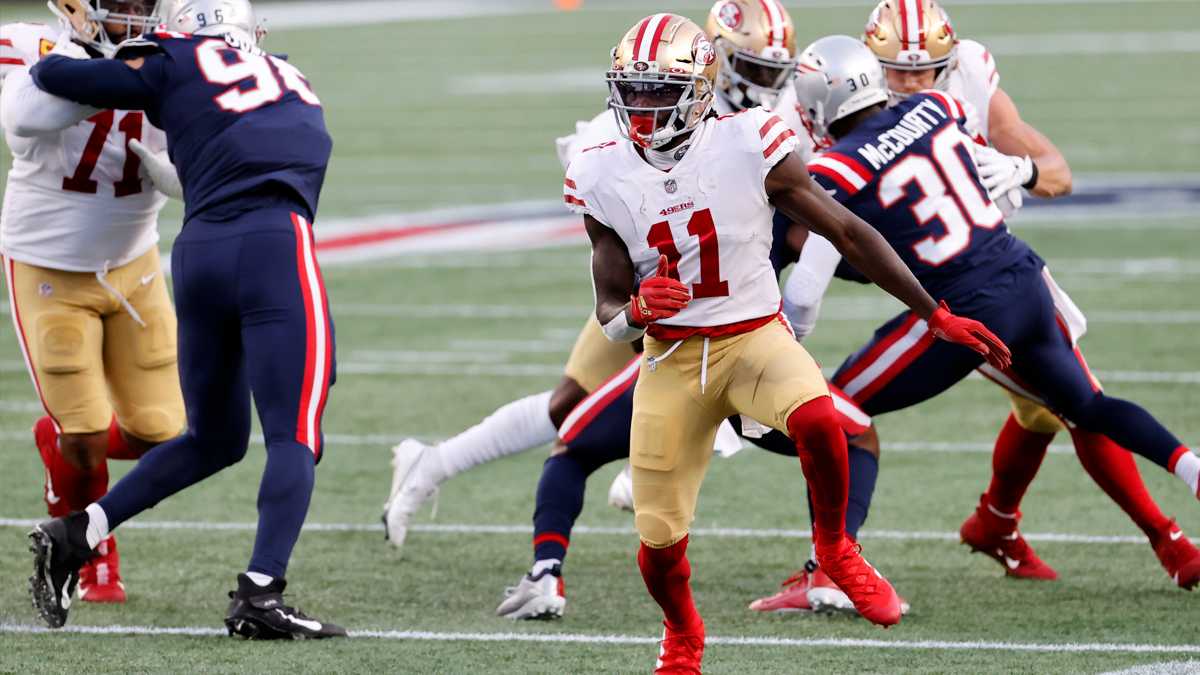We have seen it, studied it, discussed it, and, in many instances, distorted its essence. And still, too many disregard the true purpose of Colin Kaepernick’s pregame protest on that NFL sideline exactly five years ago this week.
His goal was to bring systemic racial and ethnic inequality closer to the front of American minds in the hope that such evils will be eradicated.
His demonstration, kneeling during the playing of the national anthem, was a spotlighted plea for a more peaceful and just society.
Stay in the game with the latest updates on your beloved Bay Area and California sports teams! Sign up here for our All Access Daily newsletter.
Are we, as a nation, as a planet, willing to care for all people?
Kaepernick’s peaceful act was discussed on “Race in America: A Candid Conversation,” seen Thursday night after Giants baseball on NBC Sports Bay Area. Noted sociologist Dr. Harry Edwards and retired Green Beret and Seattle Seahawk Nate Boyer represented the panel.
It was Boyer who met with Kaepernick and 49ers teammate Eric Reid, ultimately explaining why kneeling in dissent is more respectful than sitting. So, they knelt.
“What Colin was talking about, if you really listen to the message about why he wasn’t standing during the anthem – lack of accountability in law enforcement, police brutality, racial inequality and social injustice – were things that maybe have been addressed in some way over time,” Boyer says. “But they haven’t been corrected.”
San Francisco 49ers
Edwards, a 49ers consultant since the 1980s, met Kaepernick shortly after he was drafted in 2011 and watched the biracial kid from Turlock become increasingly educated on Black history and how it affects the routines of the nation.
“The main thing that he did was to challenge definitions,” Edwards says. “He challenged the definitions of (the number) of Black men, women and children being killed by police officers every year in this society, since 1968, most of them unarmed. He challenged the definition of that being justifiable homicide.
“The reality is that social media was the greatest source in generating both the attention and the support that Kaepernick got in terms of kneeling, something that had been done for generations by Black people in this country as a protest gesture. It was social media, the fact that (Kaepernick’s protest) went viral. The fact that the press picked it up and, of course, misinterpreted it, as the mainstream press typically does. Misinterpreted it because they shifted it from the message to the method.”
The backlash was swift and not without fury. Donald Trump, campaigning for president decried the protest as indicative of Kaepernick disrespecting the anthem, the flag and the armed forces. The NFL, with commissioner Roger Goodell as the spokesman, expressed almost no support.
And, yes, social media was aflame with chatter between those defending Kaepernick and those claiming to be offended by his gesture. The debate generally was divided along racial and ethnic lines.
“We both feel a certain way about certain things, but I’ll never understand what it’s like to walk in his shoes and to be a person of color,” Boyer says. “And (Kaepernick) will likely never understand what it’s like to go to combat and have a different relationship to those symbols, to the flag and the anthem.
“All that aside, that doesn’t mean, regardless how different or similar we are, that we can’t or shouldn’t have conversations about how we can do better as a society, as a country, as a world. How we can come together to solve problems that need to be solved? I believe we live in the greatest country in the world, I really do, but it sure as hell ain’t perfect. It’s got a long way to go. We’ve got a long way to go.”
Goodell eventually apologized to Kaepernick – “I wished we had listened” – but it took nearly four years. It also took George Floyd’s death, under the knee of a Minneapolis police officer, for the NFL to heed, at least with words, what Kaepernick had urged.
Too late. That the league considers Kaepernick an agitator liable to upset some fans becomes more obvious by the year.
RELATED: Why Takeo Spikes believes Kap deserves Smithsonian statue
Within seven months of his demonstration, Kaepernick was out of the league. He was 29. This was three years after he led the 49ers to the Super Bowl and three months after his teammates voted him the winner of the Len Eshmont award symbolizing “inspirational and courageous” play. It’s the most prestigious award voted on by the players.
Reid played three more seasons but has been out of the league since 2019. Quality safeties are hard to find, yet Reid is a 29-year-old, unemployed safety with a Pro Bowl on his resume.
To blame the absences on anything other than their peaceful protests of five years ago is farcical.
Apologies or not, it was the vision of kneeling rather than their purpose to enlighten.
“As long as we focus on the method and discuss the method and get tied up with the method, rather than the message,” Edwards says, “we’re going to continue to cycle back, generation after generation, to those unresolved problems.”


